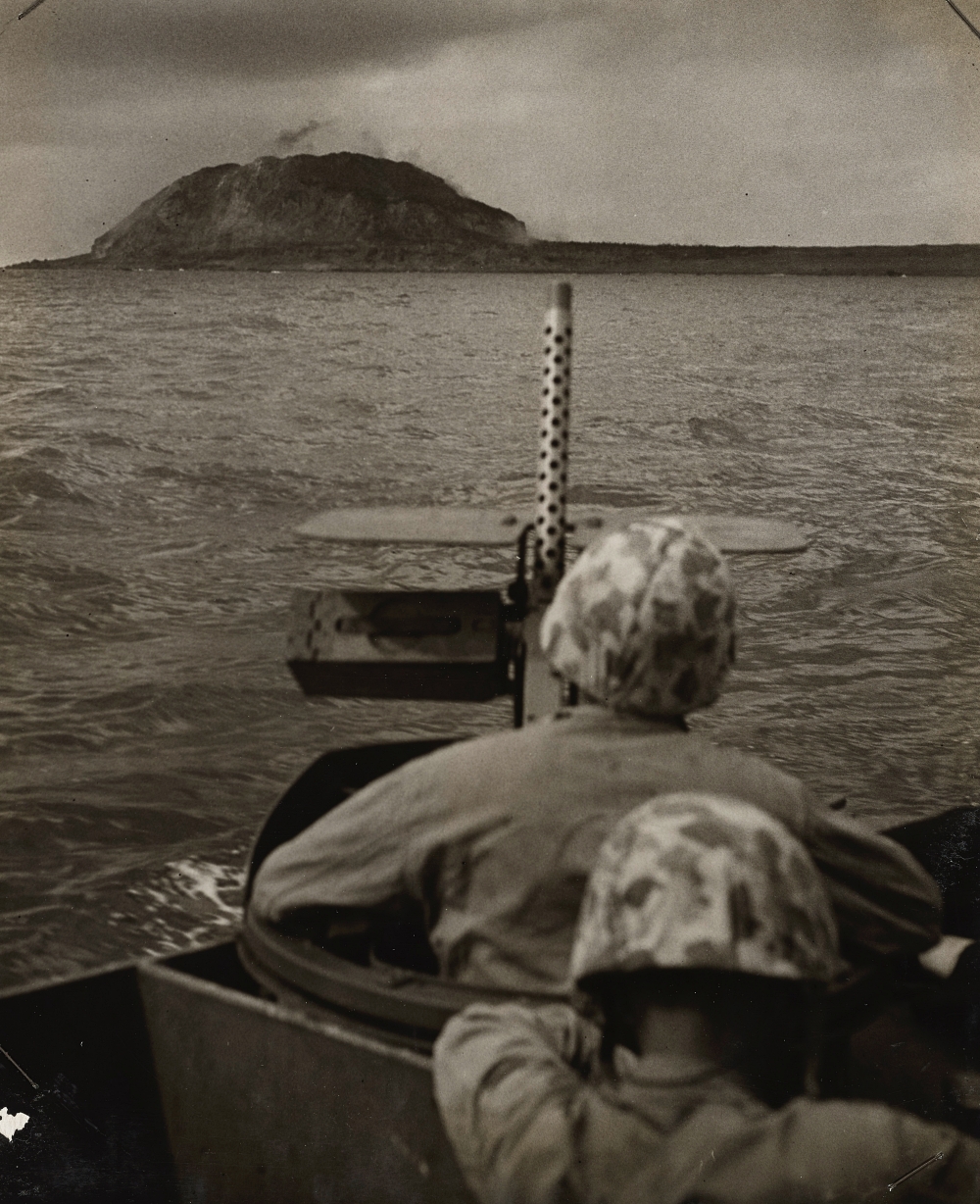Sunken Ships from WWII Rise from Volcanic Activity Near Iwo Jima
It’s incredible that so much of them still remains.
Iwo Jima was the site of a particularly brutal battle during World War II in which 100,000 American troops surrounded the 20,000 Japanese soldiers who, though outnumbered, had a stronghold on the island and surrounding waters. Between February 19 and March 26, 1945, the battle raged and in the end the island was taken by the US. Only 216 of the Japanese soldiers and sailors surrendered at the time, with the majority having died in battle and on banzai missions. Now volcanic activity in the area has dislodged the massive metal ships that sunk during and after the battle, leaving their rusted shipwrecks stranded on the beach 76 years later.

Underwater volcanos around the Ogasawara island chain have recently sent plumes of steam rising from the sea. Aerial footage shows the phenomenon, but also captured the rising shipwrecks of the Second World War stranded on the beach.
In the past there were times the ships were visible above the surface of the water, but starting on October 18th, 2021, they were seen from overhead on the beaches of Iwo Jima.

Being underwater for many decades has aged these ships, making it more difficult to identify them. But, all forces involved suffered the loss of many ships, including 18 US Navy ships that were either sunk or severely damaged during the battle.
Some of the ships that were sunk in 1945 were Japanese cargo ships that were intentionally downed by US forces following the victory of the battle. This was done in an attempt to create a breakwater so that a harbor could be built. While no such harbor ever came to be, the ships that were sunk remained there.

In August of 2021 volcanic activity around Iwo Jima formed a small island, something which has happened before in 1904, 1914, and 1986. However, the sea usually makes short work of these small and unstable formations.
Recent volcanic activity in and around Japan has also affected Mount Aso, a popular tourist destination just over 800 miles away from Iwo Jima on the island of Kyushu. On October 20, 2021, Mount Aso erupted with smoke and hot ash and visitors to the area were warned away by officials.
You can see the shipwrecks stranded on the beach at Iwo Jima in the video below.
WATCH: An undersea volcano and related tectonic activity near the Ogasawara island chain in Japan has raised the island of Iwo Jima, exposing a fleet of partially sunken Second World War ships. pic.twitter.com/Sa2uFdUOqA
— Insider Paper (@TheInsiderPaper) October 19, 2021
SKM: below-content placeholderWhizzco for DOT

